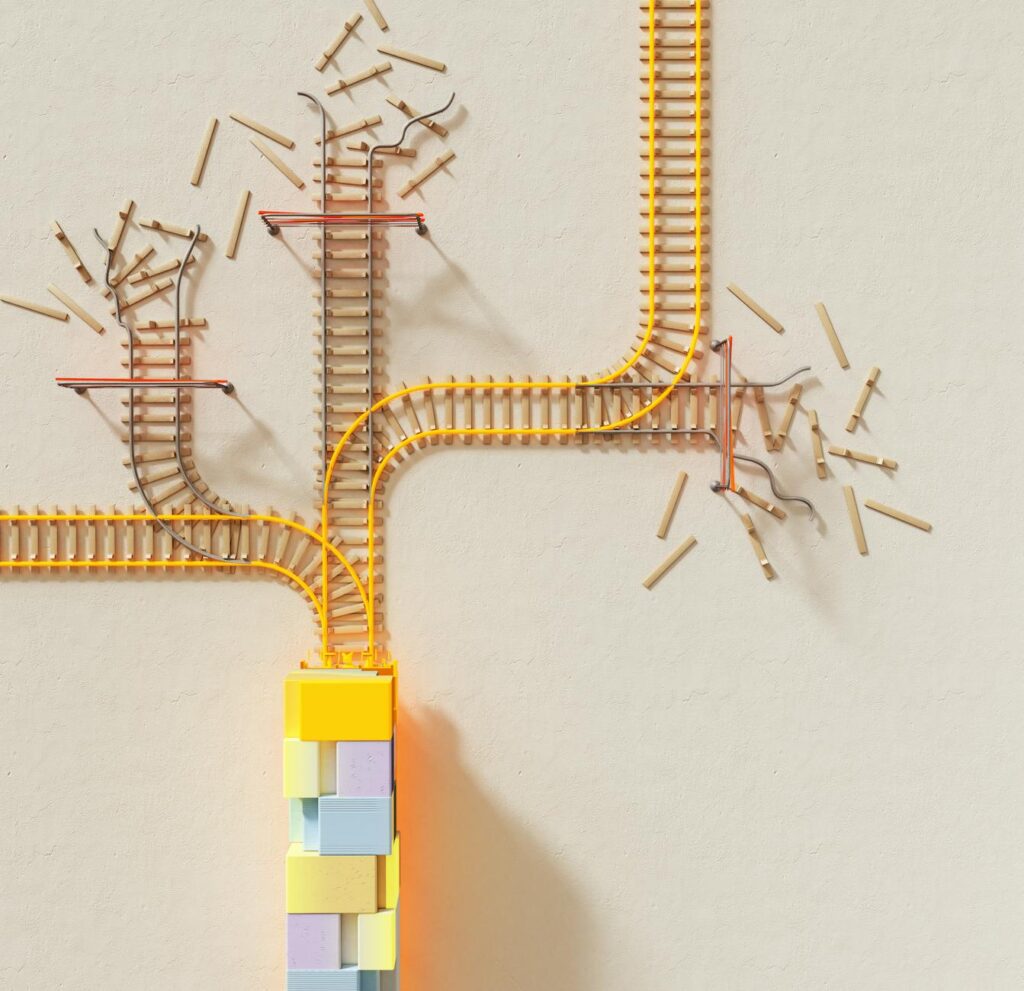What is anchoring bias?

What is anchoring bias?
Have you ever noticed how the first piece of information you encounter can shape your entire perspective? This phenomenon is known as anchoring bias, a cognitive bias that deeply influences our decision-making processes. Understanding this bias can be crucial for personal development and effective study habits. By recognizing how anchoring bias operates, you can make better decisions in your life, whether it’s about finances, learning, or even negotiating.
Understanding Anchoring Bias
Anchoring bias occurs when we rely too heavily on the first piece of information we receive while making decisions. This initial information acts as a mental “anchor,” setting a reference point that influences our judgment.
Definition of Anchoring Bias
Simply put, anchoring bias is our tendency to give excessive weight to the first information we encounter in a decision-making scenario. This could be a number, a fact, or even a suggestion. Once this anchor is set, it can skew our subsequent evaluations and choices.
Mechanisms Behind Anchoring Bias
The psychological mechanisms behind anchoring bias hinge on how we process information. When we encounter an initial piece of data, our minds often adjust our subsequent thoughts around it. For instance, if you’re told a pair of shoes typically costs $100 but they’re on sale for $60, the original price sets a mental anchor. This makes the sale price feel more appealing, even if you hadn’t planned to spend that much initially.
Understanding these mechanisms is essential for recognizing how your decisions may be subtly influenced by anchors that you didn’t even know were there.

Photo by Google DeepMind
Examples of Anchoring Bias in Daily Life
Anchoring bias plays out in various aspects of our daily lives, often without us realizing it.
Anchoring Bias in Pricing and Sales
One of the most prevalent examples of anchoring bias is in the retail industry. When retailers display the original price next to a discounted price, they are using anchoring to influence consumers. The higher original price acts as an anchor, making the discount appear more significant.
For example, if a jacket’s original price is $200 and it’s marked down to $120, the perceived savings of $80 can motivate a purchase. Consumers are likely to feel they are getting a great deal, even if the jacket might not be worth the initial price.
Anchoring in Negotiations
Negotiation scenarios also highlight anchoring bias. The first offer made in a negotiation can function as an anchor that affects the entire conversation. If one party proposes a salary of $70,000, the other party’s counteroffer will generally revolve around this initial figure, even if they originally intended to propose a much lower or higher amount.
This can lead to outcomes that are less favorable for one party, as they may adjust their expectations based on the anchor set by the first offer. Understanding this can give you a strategic advantage in negotiations by being mindful of the anchors you present and accept.
Effects of Anchoring Bias on Decision-Making
The implications of anchoring bias can be significant, especially when it comes to rational decision-making.
Impact on Personal Finances
Anchoring bias can lead to poor financial decisions. When individuals rely heavily on initial price points without conducting thorough research, they may end up overpaying for goods or services. For instance, if you see a car listed at $30,000, that price could anchor your perception, leading you to believe that any price below that is a good deal, even if it’s still above what’s fair value based on market research.
Influence on Learning and Studying
In educational contexts, anchoring bias can affect how students learn and retain information. If the first piece of information learned in a subject becomes an anchor, it may hinder the ability to grasp more complex concepts that build on that information. For instance, if a student learns a simplified version of a scientific principle, they may struggle to adjust their understanding when presented with more nuanced or advanced information later.
Recognizing anchoring bias can lead to more effective study habits. By consciously approaching new information with an open mind, students can better retain and understand complex subjects.
Overcoming Anchoring Bias
While anchoring bias is a natural part of human cognition, there are strategies to minimize its effects.
Awareness and Mindfulness Techniques
The first step in overcoming anchoring bias is awareness. Practicing mindfulness can help you identify when you’re relying too heavily on initial information. Techniques such as meditation or reflective journaling can enhance your ability to recognize your biases before making decisions.
Critical Thinking Exercises
Engaging in critical thinking exercises can strengthen your decision-making skills. For example, when faced with a choice, actively seek out alternative perspectives. Ask yourself questions like, “What if I didn’t have this initial information?” or “What would my decision look like if I had no anchor at all?” This approach can help you break free from the constraints of anchoring bias and make more informed choices.
Conclusion
Anchoring bias is a powerful cognitive bias that affects our decisions in everyday life. From pricing strategies in retail to negotiation tactics, understanding this bias is essential for personal and professional growth. By being aware of how anchors influence our judgments, we can improve our decision-making processes and develop effective study habits.
Recognizing and overcoming anchoring bias can lead to more rational choices, whether you’re managing your finances, negotiating a deal, or learning new information. So, the next time you face a decision, take a step back and consider the anchors in play. It could be the key to making better choices in your life!